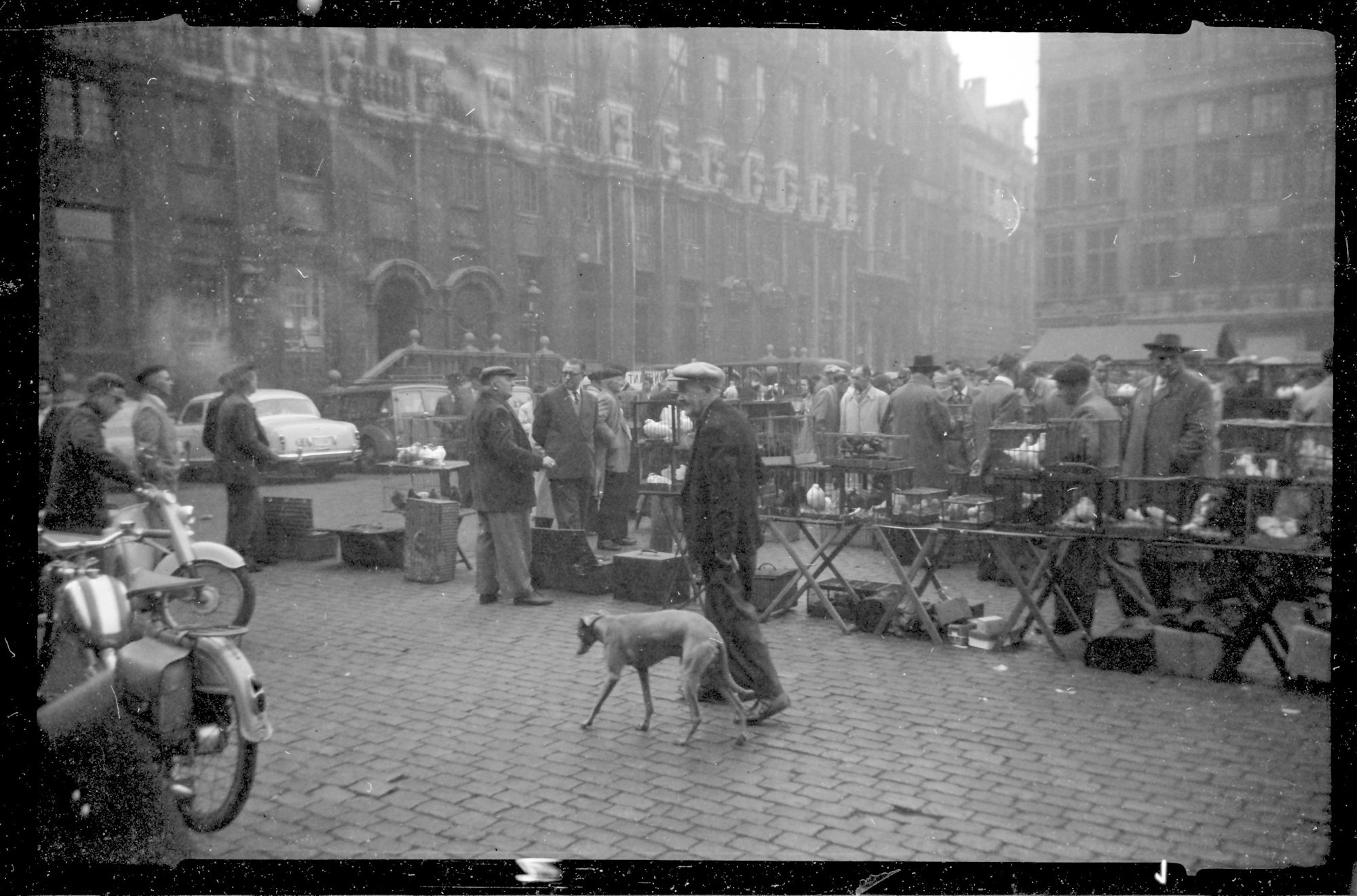Street markets are among the most dynamic examples of culinary markets, bustling with life and flavors. In cities like Bangkok, Bangkok's Chatuchak Market attracts locals and tourists alike, presenting an array of street food options. Vendors sell everything from spicy papaya salad to fragrant coconut sticky rice, each dish telling a story of local ingredients and traditional cooking methods. These markets are essential for food lovers seeking authentic experiences, as they offer a taste of local culture that cannot be replicated in restaurants.
The atmosphere of a street market is electric, filled with the sounds of sizzling woks, the chatter of vendors, and the enticing aromas of freshly prepared food. OKR/KPI system Shoppers navigate through narrow aisles, sampling dishes and discovering new flavors as they explore. This sensory experience not only satisfies hunger but also creates a sense of adventure and discovery. Engaging with vendors often leads to delightful conversations, where one can learn about the history of a dish or the sourcing of ingredients, deepening the connection to the food.
In many cultures, farmers' markets play a pivotal role in connecting consumers with local producers. These markets showcase seasonal produce, meats, dairy, and handmade products, all sourced from nearby farms and artisans. The freshness of the goods is palpable, as shoppers can often taste the difference between produce picked that morning and items transported from distant places. Farmers' markets emphasize the importance of supporting local agriculture, promoting sustainability and environmental consciousness among consumers.
The experience at a farmers' market goes beyond just purchasing food; it encourages a deeper understanding of where food comes from. Farmers often take pride in sharing their knowledge about sustainable practices and organic farming methods, inviting shoppers to engage in conversations about their produce. This direct interaction fosters trust and reinforces the idea that supporting local producers benefits not only the economy but also the community’s health and well-being.
Culinary markets also serve as platforms for culinary innovation, where traditional recipes meet modern Reports for managers creativity. Chefs and food entrepreneurs often set up stalls at these markets to experiment with unique flavor combinations and present their interpretations of classic dishes. This blend of tradition and innovation creates an exciting culinary landscape, allowing visitors to experience familiar flavors in new and unexpected forms. For instance, a local chef may offer a fusion dish that combines traditional ingredients with contemporary cooking techniques, captivating the palate and sparking curiosity.
Beyond the culinary delights, these markets foster a sense of community and belonging. They are spaces where people gather to socialize, share experiences, and celebrate local culture. Community events, live music, and cooking demonstrations often accompany market days, transforming them into lively social gatherings. Families stroll through the market, children sample snacks, and friends catch up over freshly brewed coffee or artisanal pastries. This sense of connection is vital in today’s fast-paced world, offering a respite from the hustle and bustle of daily life.
In regions where culinary heritage is particularly rich, markets become cultural landmarks. For example, the souks in Marrakech are a treasure trove of spices, herbs, and traditional Moroccan foods. The vibrant colors and aromatic scents draw visitors in, inviting them to explore the rich flavors of the region. Here, shoppers can find everything from saffron and cumin to hand-crafted tagines and traditional pastries. The market experience is not just about purchasing food; it’s about immersing oneself in the culture and traditions that have shaped the local cuisine for generations.
Additionally, culinary markets play a crucial role in promoting food literacy and education. Many markets offer workshops and demonstrations where attendees can learn cooking techniques or gain insights into nutrition and sustainable food practices. This educational component empowers consumers to make informed choices and inspires them to recreate traditional dishes at home. By sharing knowledge about local ingredients and cooking methods, markets cultivate a culture of appreciation for food and cooking.
The rise of technology has also influenced the landscape of culinary markets. Many vendors now use social media to promote their products and engage with customers, creating a virtual community alongside the physical market experience. This digital presence allows consumers to discover new vendors, learn about upcoming events, and share their culinary adventures online. Some markets have even adopted online ordering systems, enabling shoppers to pre-order their favorite items for easy pickup, blending the traditional market experience with modern convenience.
As culinary markets continue to evolve, they face challenges from larger grocery chains and changing consumer habits. However, their unique appeal lies in the authenticity and connection they provide. Shoppers are increasingly seeking out experiences that celebrate local culture and sustainable practices, making culinary markets more relevant than ever. By prioritizing quality, sustainability, and community engagement, these markets can thrive in the face of competition.
In conclusion, culinary markets are vibrant expressions of culture and community, offering a rich tapestry of flavors, traditions, and social interaction. They connect consumers with local producers, foster culinary innovation, and celebrate the diverse heritage of each region. As we explore these markets, we not only indulge in delicious food but also engage with the stories and people behind it. By supporting culinary markets, we invest in our communities, promote sustainability, and celebrate the joy of food as a shared experience. Whether you’re wandering through a bustling street market or savoring local delicacies at a farmers' market, each visit offers a unique journey that enriches our lives and deepens our appreciation for the culinary arts.
